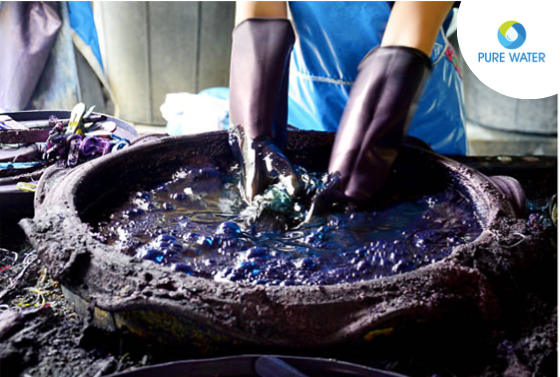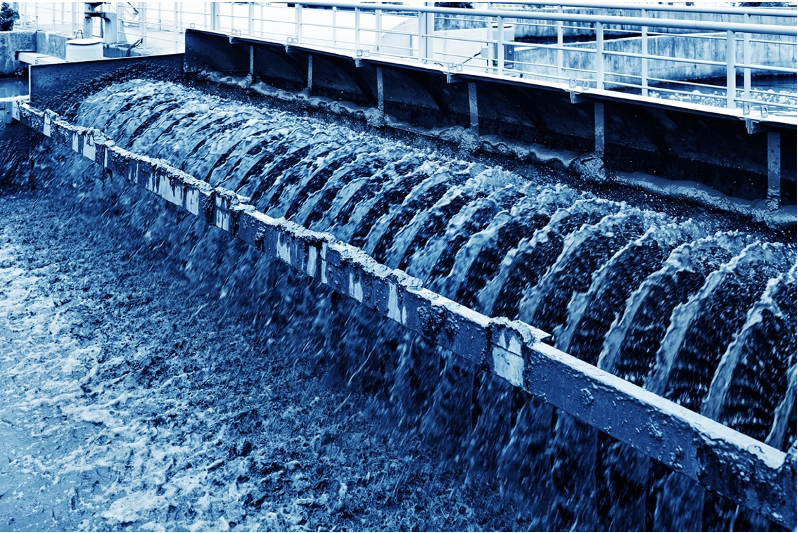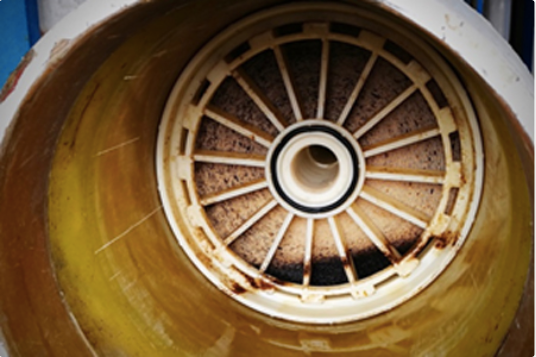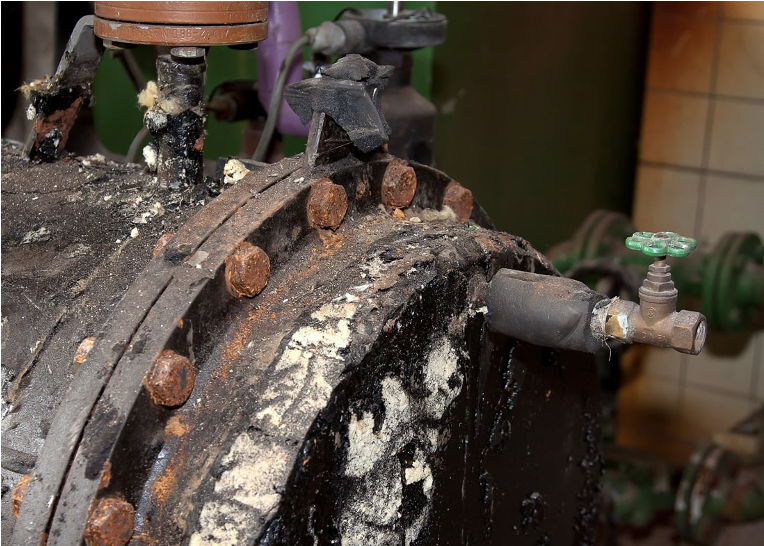
What is Nanofiltration?
Nanofiltration is a filtration process that uses a membrane with small pores (typically less than 2 nm in size) to separate molecules based on size and charge. The process is often used in the treatment of industrial waste streams and the purification of water, and has shown potential for use in the textile industry for dye desalting.
Nanofiltration Membranes in the Dye Industry:
Dyes used in the textile industry often contain salts, which can cause problems in the dyeing process and lead to inconsistencies in the final product. By removing the salts from the dye solution, the dye can be purified, resulting in more consistent and accurate color. This is where nanofiltration membranes can play an important role.
The pores in a nanofiltration membrane are designed to retain salts, while allowing other molecules, such as dyes, to pass through. This means that the salt-containing solution can be pumped through the membrane, with the purified dye being collected on the other side. The process is typically performed using a cross-flow filtration system, where the feed solution is pumped perpendicular to the direction of the membrane, ensuring that the pores do not become clogged with impurities.
The effectiveness of nanofiltration for dye desalting depends on several factors, including the size of the pores in the membrane, the concentration of salts in the solution, and the specific type of dye being used. In general, nanofiltration is most effective for dyes that have a low molecular weight and are highly charged.
Advantages of using Nanofiltration Membranes:
- One advantage of nanofiltration over other methods of dye purification is that it is a relatively low-cost process.
- Additionally, it generates very little waste, as the salt-containing reject stream can often be reused in other applications.
- The process is also easy to control and monitor, allowing for precise control over the final product.
Overall, nanofiltration membranes can be an effective solution for dye desalting, providing a low-cost, low-waste method for purifying dyes and improving the consistency of the final product. While there are other methods available for dye purification, including ion exchange and distillation, nanofiltration offers a unique combination of benefits, making it an attractive option for the textile industry.
Veolia Dye Membranes:
Veolia (formerly Suez) is a global water and waste management company that provides a range of filtration and separation solutions, including membranes for dye desalting. Veolia’s membranes are specifically designed for the textile industry, and can be used to remove impurities, including salts, from dye solutions.
By removing the salts from the dye solution, Veolia’s membranes can help to improve the consistency and accuracy of the final color in the textile dyeing process
Get in touch with us at info@purewaterent.net, to know more about our offerings in the dye desalting space such as our Nanofiltration membranes as well as our RO membranes, the worlds best dye membranes!






About The Author: Pure Water
More posts by Pure Water